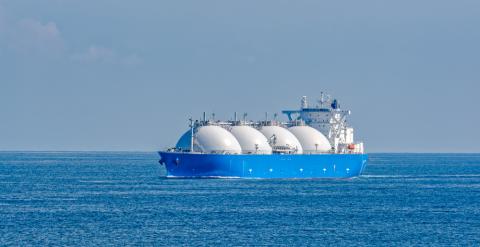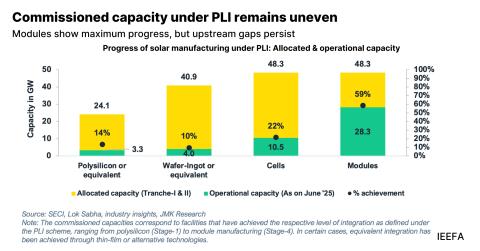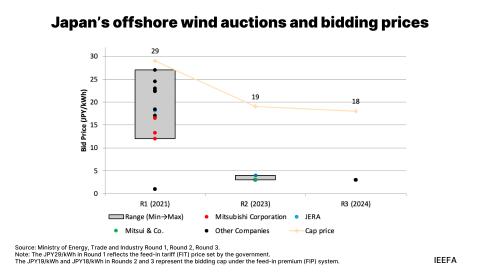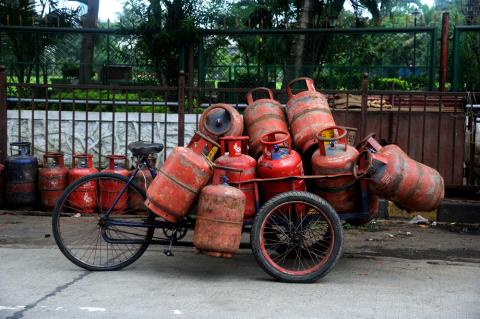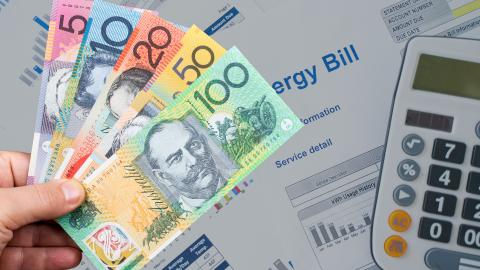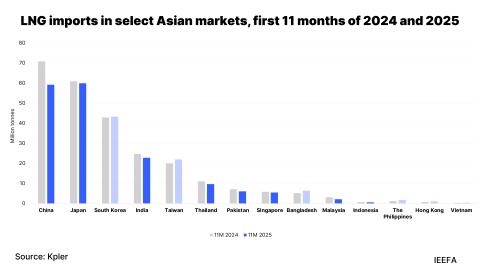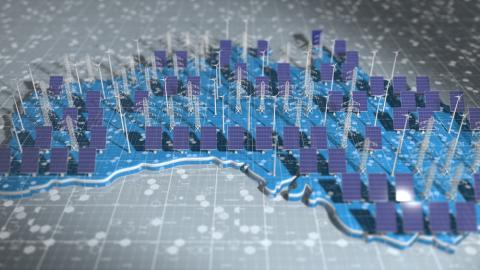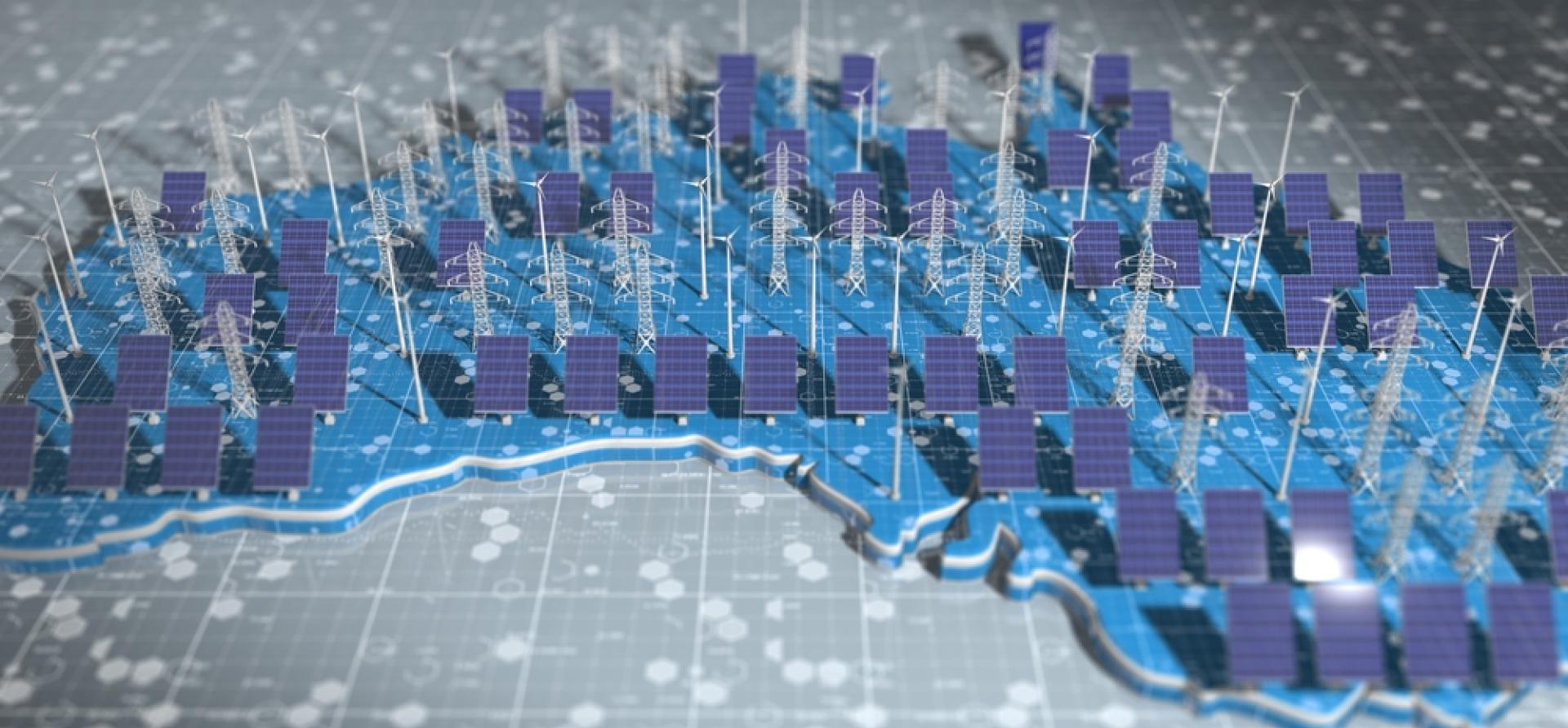
Key Findings
A review of recognised pathways to improve energy affordability in electricity and gas shows that all the key opportunities are either aligned with net zero or neutral to climate policy outcomes.
Significant investment is unavoidable to replace Australia's ageing electricity generation and network assets, and deploying renewables, transmission upgrades and storage is the lowest-cost option for new-build electricity generation.
Focusing on energy efficiency, electrification and distributed energy resources offers the best pathway to reduce energy costs for households, reducing net energy bills by up to 67%.
Fixing inefficient markets and regulation and increasing competition could also offer immediate and lasting relief from rising energy costs, irrespective of the government's climate policy.
This briefing note finds that all the major opportunities to improve energy affordability in electricity and gas also either support – or are independent to – Australia’s net zero ambitions. Our findings dispel the notion that reducing emissions comes at the expense of Australian households and businesses.
There is a lot of room for improvement when it comes to energy affordability – but it is not about choosing a different electricity generation mix. It is about fixing inefficient energy markets and regulation, increasing competition, and acting on the demand side.
Replacing declining supply is essential – choosing the lowest-cost options matters
Australia’s coal fleet is rapidly ageing, with most plants set to retire within the next decade. A large portion of network assets are similarly reaching end-of-life. Replacing these assets is unavoidable – but the choice of replacement technology has a profound impact on affordability.
Renewables backed by storage and transmission are the lowest-cost form of new electricity generation. Their cost is already on par with new coal and will be materially cheaper by 2030.
Levelised cost of electricity (LCOE) of coal and renewables, $/megawatt-hour

Source: CSIRO.
There are significant costs and risks associated with keeping ageing coal plants in the system for longer – they experience more breakdowns, leading to reliability risks and spikes in wholesale electricity prices. Several plants have already decided that refurbishments were too costly and complex to be worthwhile.
Gas, meanwhile, has become increasingly uncompetitive. Gas consumption in the National Electricity Market (NEM) fell by 57% between its peak in FY2012-13 and FY2024-25 as gas prices tripled due to liquefied natural gas (LNG) exports. The low-cost fields that have historically supplied Australia are running out of gas, while large new gas fields come with high production and transport costs. The cheapest way to supply Australian gas consumers is instead to redirect small amounts of uncontracted LNG from exports to the domestic market.
Nuclear would be even more costly than coal or gas. IEEFA has found that the cost of electricity generated from nuclear plants would likely be 1.5 to 3.8 times the current cost of electricity generation in eastern Australia.
What has been driving electricity prices up, and what can be done to help
Contrary to common misconceptions, renewables have not been driving electricity prices up – high gas and coal prices, coal outages and network costs have. IEEFA found that periods of high renewables highly correlated with low wholesale prices.
Delays in the renewables rollout have put pressure on the electricity system. However, Griffith University found rolling out coal and gas would have pushed prices 30-50% higher. Switching to new coal and gas now would face similar issues as renewables have, amid a global gas turbine shortage, and with cost overruns and delays being common for large projects globally, regardless of technology.
Reducing delays through faster approval processes and making our markets and rules work better should also be a big priority. Fixing regulatory issues – such as systemic supernormal profits by electricity and gas networks – could deliver billions in consumer savings. Market concentration and lack of transparency in gas and electricity markets are also key drivers of high prices, and reforms to improve competition are essential.
Households and businesses hold the biggest savings potential
There is very large untapped potential to reduce net household energy bills through demand-side measures: energy efficiency, electrification, flexible demand, solar and batteries.
Australian households still install nearly two million inefficient gas and electric appliances (including heater and hot water systems) each year. Replacing them with modern electric alternatives could avoid $3.4 billion in unnecessary household costs every year. Shifting to efficient electricity appliances and installing solar and battery systems can reduce net household bills by up to 67%, even after accounting for the upfront cost. A shift to electric vehicles offers similar benefits.
Rooftop solar, batteries and smarter demand management (shifting demand outside peak hours) could avoid billions in generation and network spending, reducing costs for all Australians. However Australia is lacking the standards and incentives to unlock many of those benefits.
Net energy bill impact of shifting to efficient electric appliances, adding solar and a battery for an average Australian household, $ per annum

Source: IEEFA (weighted average of results across major capital cities, including government rebates).
Industrial energy efficiency and electrification can also offer major cost savings with very short payback periods, yet this opportunity remains largely untapped. One striking opportunity is compressed air systems, which represent about 10% of industrial electricity use. A former government program found energy costs could be more than halved with payback periods of about six months, with innovative alternative technologies potentially offering savings of as much as 90%. Australia is missing a large-scale scheme targeted at capability improvements on industrial energy efficiency.
Improving energy affordability aligns with net zero
In the shorter term, the core elements of the transition towards net zero emissions are an accelerated deployment of renewables, energy efficiency and electrification. We find that all the key opportunities to improve energy affordability in electricity and gas are either aligned with net zero or are neutral to climate policy outcomes.
The narrative that Australia must choose between lowering bills and cutting emissions is simply false.






